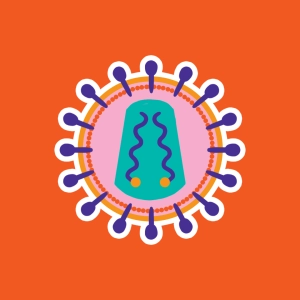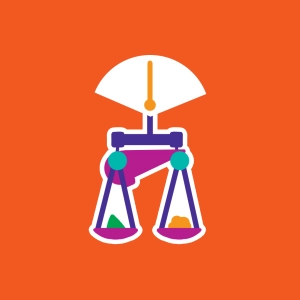 Video: Blood sugar regulation
Video: Blood sugar regulation
Glucose is a major energy rich nutrient for every living organism.
Cells extract energy from glucose molecules by breaking them down.
The energy enables bodily functions like the blood pumping action of the heart, the formation of nerve impulses in the brain
The glucose intake depends on how often we eat
So the question is: “How is the body able to constantly produce energy from glucose as the intake of glucose is variable?”
The answer lies in the ability of the body to create an adaptative response to control the blood glucose level.
(…)
When the blood glucose level increases after a meal, the pancreas releases a hormone called insulin which is hypoglycemic.
Insulin acts on these following target cells
- liver cells
- muscle cells
- adipose/fat cells
Insulin stimulated cells increase the uptake of glucose that will be further broken down or stored.
As a consequence, the blood glucose level falls and returns to normal.
(_)
Between meals, the blood glucose level remains steady due to an opposite mechanism that takes over.
Glucagon is released from the pancreas as the blood glucose level falls.
Glucagon stimulates the liver to break down glycogen into glucose in order to raise the blood glucose level.
Insulin and glucagon are antagonist hormones acting together to keep the blood glucose level steady.
Such a property of regulation is commonly referred to as Glucose Homeostasis.

Discover EduMedia for free
The interactive encyclopedia that brings science and math to life in the classroom.
Over 1,000 resources





